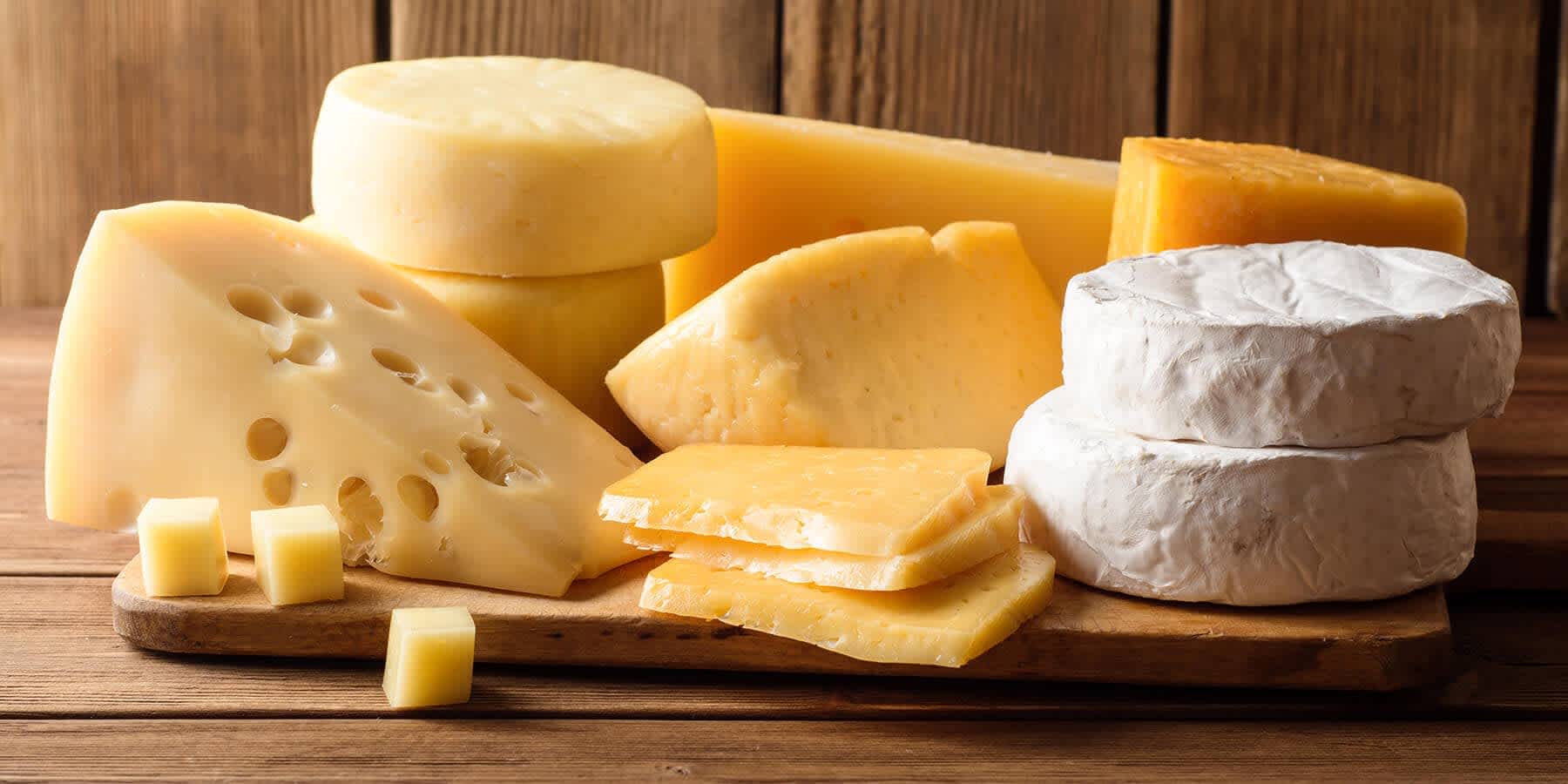
The 4 Worst Foods for High Cholesterol
Medically reviewed by Neka Miller, PhD on April 5, 2021. To give you technically accurate, evidence-based information, content published on the Everlywell blog is reviewed by credentialed professionals with expertise in medical and bioscience fields.
Table of contents
Cholesterol comes in two forms: low-density lipoprotein (LDL) and high-density lipoprotein (HDL). LDL cholesterol is the “bad” cholesterol, but it also tends to be the most common type of cholesterol in the body. HDL cholesterol (the “good” cholesterol) can help to break down about one-fourth of your LDL cholesterol. [1]
Maintaining your health requires a careful balance between the two types of cholesterol and your triglycerides (the main form of fat in the body). One of the best ways to maintain that balance in your blood cholesterol levels is by eating the right foods. [1] So what are the worst foods for high cholesterol? And should you consider getting a cholesterol test? Read on to find out.
1. Trans Fats
Far and away, trans fats are the most prominent contributor to high cholesterol. Trans fats occur naturally in many animal-based foods, including dairy and meat products. Artificial trans fats, or trans fatty acids, are produced by adding hydrogen to vegetable oils, which is why they are also known as partially hydrogenated oils. Common forms of artificial trans fats include shortening and margarine. [2]
Trans fats are easy to use and relatively cheap, and they have a long shelf life. Unfortunately, they also increase your LDL cholesterol and lower your HDL cholesterol, while increasing your risk of heart disease, stroke, and type 2 diabetes. Naturally occurring trans fats in beef, lamb, and other animal-based products have not been found to have the same negative effects as industrially manufactured trans fats. [2]
Small amounts of trans fats will not make or break your cholesterol levels, but if you are eating large amounts of trans fat-rich foods or already have high blood cholesterol levels, rethink your relationship with trans fats. While you may not use much shortening or margarine in your daily life, trans fats are easily found in frozen pizzas, biscuits, pie crusts, and other baked goods. If you eat out, ask what oils they use to fry their foods. [2]
2. Saturated Fats
Saturated fats are known for typically staying solid at room temperatures. Most saturated fats come from meat and dairy products, but many baked goods and fried foods can be high in saturated fats. Certain plant-based oils, including palm oil, coconut oil, and palm kernel oil, contain saturated fats, though these don’t contain cholesterol. [3]
The information and science on saturated fats and their effect on blood cholesterol levels are conflicting. Saturated fats aren’t nearly as bad as trans fats, but most experts recommend limiting your saturated fat if you are concerned about your cholesterol. Saturated fats can increase your LDL cholesterol and your risk of heart disease. The American Heart Association recommends that only 5 to 6 percent of your daily calories come from saturated fats. [3]
3. Processed Meats
Processed meats include [4]:
- Salami
- Pastrami
- Deli meats
- Sausage
- Bacon
- Bologna
These meats naturally contain the trans fats and saturated fats above, but processed meats tend to comprise the fattier cuts of meat. They also often contain large amounts of added salt and preservatives, which can increase your cholesterol and other health markers that contribute to heart disease. [4]
4. Alcohol
Studies around alcohol and cholesterol tend to be fuzzy. Some studies do point to alcohol’s ability to increase “good” cholesterol, but that effect quickly reverses as you drink more alcohol. Higher quantities of alcohol can increase LDL cholesterol and triglyceride levels. It’s also important to understand that something like physical activity is an infinitely better, more sustainable means of increasing your HDL cholesterol than alcohol, which can contribute to a whole host of other issues that can increase your risk of heart problems. As always, drink in moderation. [5]
The best way to lower cholesterol levels with your diet often comes down to a lot of what you’ve heard before: eat plenty of fruits and vegetables, focus on more whole grains, and consider leaner sources of protein over red meat. Consult your doctor to learn more about how you can manage your cholesterol. If you are at an increased risk of heart problems or simply want to see your cholesterol levels, consider the Everlywell at-home Cholesterol and Lipids test, which offers convenient at-home sample collection for accurate results on your cholesterol triglyceride levels.
Related Content
Are There Symptoms of High Cholesterol?
Obesity and High Cholesterol: What's the Connection?
What Are the Effects of High Cholesterol?
References
- LDL and HDL Cholesterol and Triglycerides. Centers for Disease Control and Prevention. https://www.cdc.gov/cholesterol/ldl_hdl.htm. Accessed April 5, 2021.
- Facts about trans fats. MedlinePlus. https://medlineplus.gov/ency/patientinstructions/000786.htm. Accessed April 5, 2021.
- Facts about saturated fats. MedlinePlus. https://medlineplus.gov/ency/patientinstructions/000838.htm. Accessed April 5, 2021.
- Micha R, Michas G, Mozaffarian D. Unprocessed red and processed meats and risk of coronary artery disease and type 2 diabetes--an updated review of the evidence. Curr Atheroscler Rep. 2012;14(6):515-524. doi:10.1007/s11883-012-0282-8
- Minzer S, Losno RA, Casas R. The Effect of Alcohol on Cardiovascular Risk Factors: Is There New Information?. Nutrients. 2020;12(4):912. Published 2020 Mar 27. doi:10.3390/nu12040912